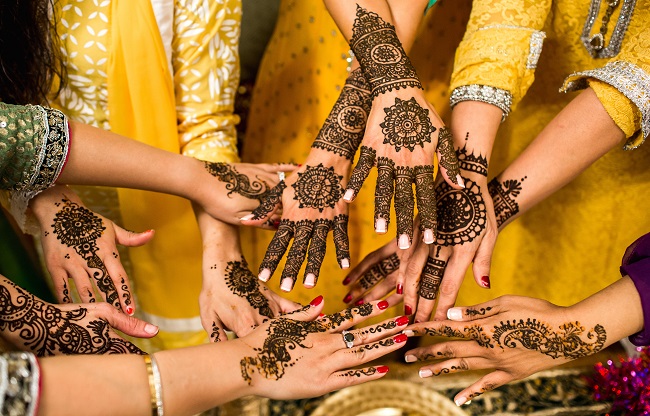The debate over larger families within Muslim households has always been contentious, especially in India. Allegations have been made that this religious demographic adopts various strategies to maximally increase their numbers, a claim echoed by global leaders. But is this accusation valid, or merely a misconception? Discover the fertility rates of different religions and their implications.
Fertility rate refers to the average number of children a woman between ages 15-49 can potentially give birth to within a specific population.
Islam poised to become the majority religion worldwide
In 1900, Muslims constituted 12% of the global population. Over the following century, this demographic expanded rapidly. The Pew Research Center now claims that by 2050, Muslims will make up 30% of the world's population. As of 2010, Islam had already become the second largest religion globally with 1.6 billion followers. Year-over-year studies by Pew indicate a fast-growing Muslim demographic, projected to surpass Christianity by 2050 as the world's most populous religion.
Muslim women have the highest fertility rates
According to the Future of World Religion Project, the growth rate of a religious group is largely influenced by its fertility rates. Present data suggests that Muslim women’s fertility rate is the highest both globally and locally.

Source: aajtak
The birth rate statistics in India
In the period from 2019 to 2021, the birth rate amongst Muslim families was 2.3, significantly higher in comparison to other communities. However, there's another aspect to consider. National Family Health Survey data also reveals that this rate was higher in the past, with a fertility rate of 2.6 recorded in 2015. In the 1990s, the rate was at 4.4, meaning the average Muslim woman was giving birth to between 4 and 5 children.
Where Hindu and other communities stand
The fertility rate for Hindus has declined to 1.94%. Christians follow close behind with a rate of 1.88%. Reliable data on religious demographics is currently unavailable. The last census in 2011 counted 17.22 crore Muslims in India, making up 14.2% of the total population.
Highest fertility rates in Islamic countries
Beyond India, the Muslim population has also grown quickly worldwide. Muslim-majority countries such as Niger see an average woman giving birth to 7 children. Top 10 countries with the highest fertility rates include Congo, Mali, Chad, Uganda, Somalia, South Sudan, Burundi, and Guinea, most of which are African nations where Islam has spread. Looking at Arab countries, the average fertility rate is 3.1.

Source: aajtak
Will Christianity be surpassed in numbers?
Research by the Institute of Family Studies indicated that the average American woman gives birth to 1.9 children. This number was compared to the replacement rate – the number of children a couple must have to at least replace themselves based on death rates. For the American Christian community, the replacement rate far exceeds the actual birth rate, implying a potential decline in the Christian population.
Reasons behind higher birth rates
One of the key reasons for high birth rates, according to the Future of Religion, is early marriage for women. In Muslim-majority countries, the average marriage age drops to 20, contrasting with more developed countries where it's around 26.2 years. These are more than just numbers; in many Islamic nations, girls are married off as soon as they hit puberty, often undereducated and without substantial knowledge on family planning or the power to oppose rapid or numerous childbirths.
Conversely, later marriages in other religions naturally decrease the number of childbearing years for women, affecting birth rates.
The link between education and fertility rates
The National Family Health Survey agreed that women without schooling are likely to have more children compared to those who've completed the 12th grade. The last census showed Muslim literacy rates in India to be the lowest at approximately 68%, connecting to the increased population trend. Many families also view abortion through a religious lens, opposing it, which can lead to more children produced within productive marriage years.
Translations and adjustments have been made to present this content in an engaging and informative manner for the reader.




